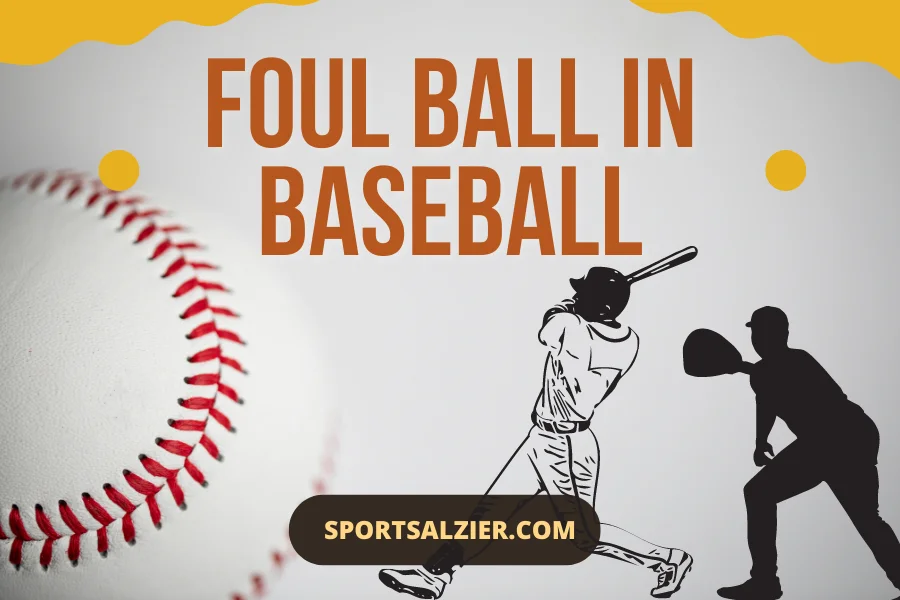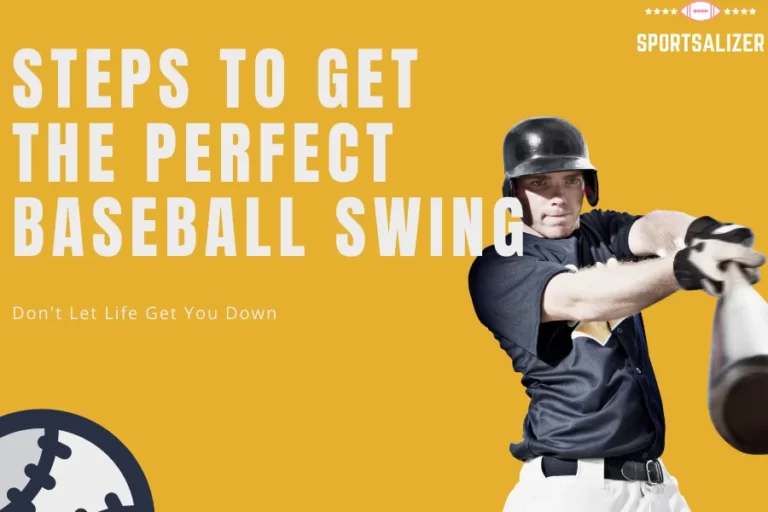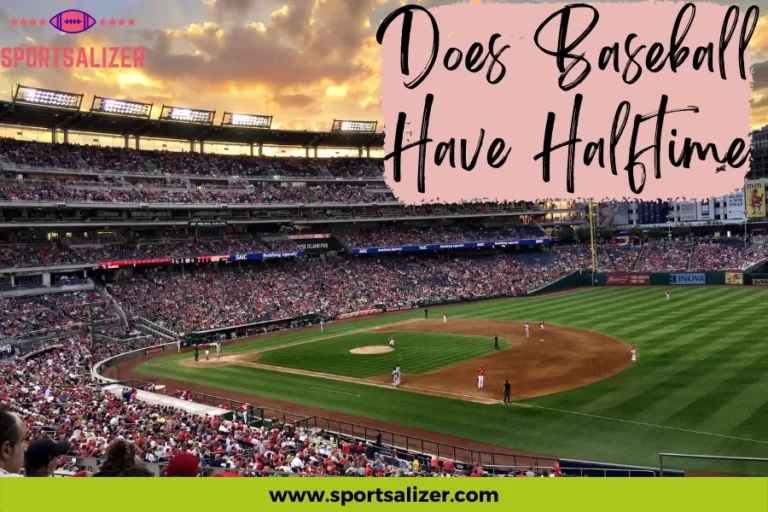What is Foul Ball in Baseball (10+ queries discussed)

Greetings baseball enthusiasts; in this article, we will dive deep into What is Foul Ball in Baseball and its consequences. For beginners, it becomes confusing at various times while hitting the ball as a batter and running for the base, but the empire declares it a foul ball.
In a nutshell, the ball that is batted if it lands outside the fair territory of the baseball field is called a foul ball, but there is a catch to this which is discussed later in this article.
Contents
What is Fair Ball in Baseball? And What Foul Ball means in Baseball?
Lets us first understand the Fair and Foul territory; baseball foul lines and poles serve as a distinct delineation between fair and foul areas on the field.
- Fair territory is the portion of the baseball field that lies Within the Lines that run perpendicularly up to the fence from home plate to the first and third bases.
- Any area of the baseball field or stadium that is Outside of the Fair Zone is considered foul territory, including on-deck circles, dugouts, and stands.
Now it is easier for us to understand fair and foul ball, so starting with
What is Fair Ball in Baseball?
Let us first understand what is fair to understand foul ball better, but if you are in a hurry, skip it and directly move towards the following subheading.
In simple terms, any batted ball in fair territory is called a fair ball. The foul lines and foul poles define the fair region and ascertain what counts as a fair ball.
- A batted ball is deemed fair if it first makes contact with a fielder when it is in fair territory.
- The foul lines come under the fair region, along with foul poles.
- Batted balls are considered fair if they first fall between center field and first or third plate before bouncing over, touching, or otherwise passing either base while in the fair region.
They are also regarded as fair if they land between the first and third base in fair territory, including cases in which they bounce off home plate.
Batted balls are considered home runs if they directly strike a foul pole on the fly or if they fly out to the left and right of the right and left foul poles, respectively.
What is Foul Ball in Baseball? (Now its easier to grasp)
In simple terms, batted ball that lands outside the baseball field’s fair territory, i.e., in foul territory, is called a foul ball, but we will discuss the catch here.
Firstly the foul territory is metamere into two. The first one is (Basically the zones to the right and left side)
- the part between Home & First base. And the second is
- the region between the Home base & Third base.
The original rules of Baseball, which were published by Alexander Cartwright almost 100 years ago, declared,
A ball that is knocked out of the field, or outside the range of the first and third base, is foul.
There were various arguments regarding the rule, but since it is simple, it was apprehended by many players. But the rule lacks limpidity about specific events during the game.
To make it easier to understand, a fair ball lands in fair territory, defined as the space inside the 90-degree lines on either side of the field. And the umpire counts it as a foul ball if it crosses the lines.
But there are also other factors determining the foul ball in certain situations, which are discussed below
5 Factors Determining Foul Ball in Baseball
The factors listed below:
- A foul ball bounces out of the first or third base.
- The umpire should still consider the ball foul even if it bounces outside of the specific foul region.
- A ball is considered foul if it crosses into foul territory, touches someone there, or touches the umpire.
- Consider a batted ball foul if it crosses into or is in the foul zone and makes contact with any external object, such as an animal.
- Even if the batter is on home base when the ball touches them, it is still a foul ball.
4 Differences between a Foul and Fair ball in Baseball And MLB
They both are different terms and are defined accordingly to give clarity to the player. So let’s jump into
Differences between a Foul and a Fair ball
| Fair Ball | Foul Ball |
|---|---|
| A batted ball is deemed fair if it first makes contact with a fielder when it is in fair territory. | Any batted ball in foul territory is deemed foul if it first makes contact with a fielder. |
| Any hit ball that first touches the ground outside the first or third plate in the fair without being touched by a fielder is considered fair. | Any ball batted that first contacts the field beyond first or third base in foul territory, with the foul lines as well as foul poles counting as fair territory, is deemed foul if a fielder in the fair territory does not touch it. |
| Fair territory includes both foul lines as well as foul poles as well. | Batted balls are deemed foul if they fly out of the park to the left of the left-field foul pole or the right of the right-field foul pole without striking the pole. |
| The space inside the 90-degree lines on either side of the field. | Behind the 90 degrees after crossing the foul lines. |
MLB Rules for Foul Ball
To define fair territory and ascertain what counts as a foul ball,
- the foul lines and
- foul poles are used.
The following scenarios determine a foul ball according to MLB,
- Any batted ball in foul territory is deemed foul if it first makes contact with a fielder.
- Any ball that is hit if it first contacts the field outside of the first or third plate in the foul region, with the foul lines and foul poles counting as fair, is deemed foul if a fielder in the fair territory does not touch it.
- Batted balls that make initial contact with the field between home plate and first or third base are deemed foul if they don’t subsequently bounce over or directly contact either base,
pass either base in any other way while in fair territory, or eventually land at some point in the fair territory between home plate and either base. - Batted balls are foul if they exit the field to the left or right without contacting the foul pole in the left or right region.
Refer-MLB
How does a foul ball count in Baseball?
A foul ball is not counted as a strike if a batter does not have two strikes against them. Unless the batter already has two strikes and the second foul ball results from a bunt attempt, all more foul balls after two strikes do not result in a strikeout.
If the ball strikes the foul pole, what happens?
If a ball hits the foul pole, it is deemed fair. Regardless of whether the ball smacks the pole or bounces into the foul zone. The ball needs to contact the foul pole; grazing the pole is acceptable.
FAQs on Foul Ball in Baseball
Are foul balls limited?
There is no limit. A batter’s ability to hit foul balls is unrestricted in Baseball. Even though a foul ball counts as a strike, it won’t add to the batter’s strike total if there are already two strikes in the count.
Can you steal on a foul ball?
You cannot steal the base on a foul ball as it is considered to be a dead ball. However, you can swipe on overthrown or pass-by balls.
Is the ball touching the plate considered foul?
It is considered foul if the ball, after it is hit, touches the plate first.










